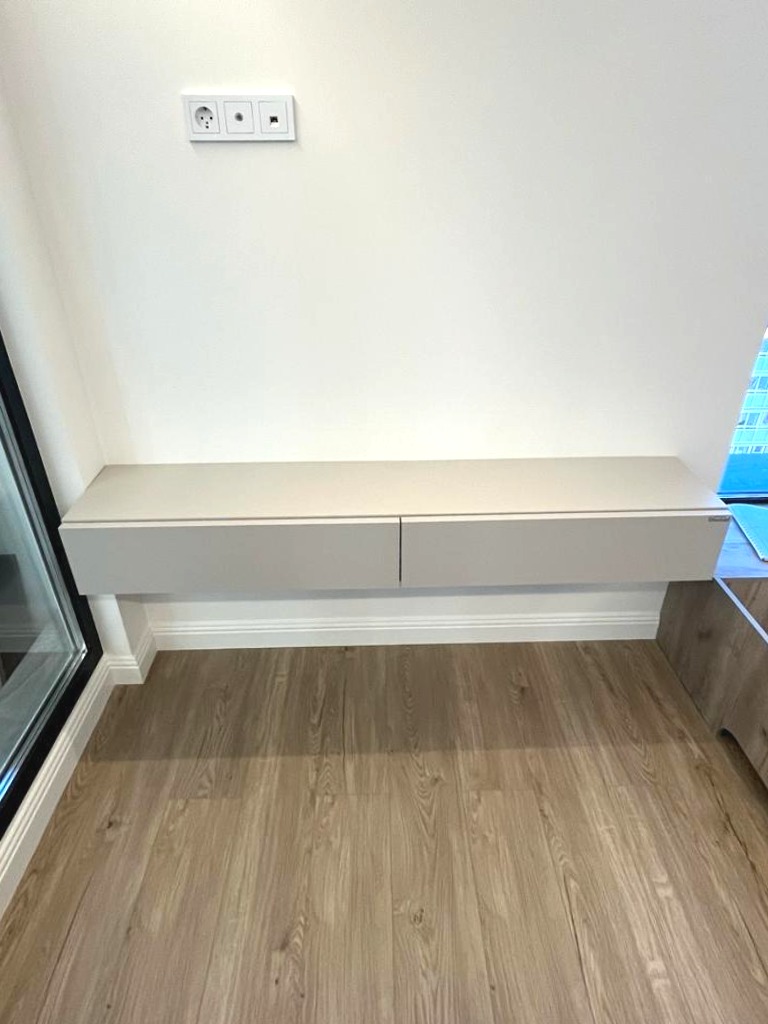
The Evolution of Culinary Spaces
The world of culinary arts is continuously expanding and transforming, with a growing emphasis on not only the dishes but also the environments in which they're created and served. More than ever, chefs and food enthusiasts are recognizing the importance of the aesthetics and functionality of culinary spaces. This evolution epitomizes the concept of 'Culinary Spaces Redefined Elegantly,' where the merging of form and function creates a harmonious environment for both cooking and enjoying food.
A Fusion of Form and Function
An elegantly redefined culinary space combines practicality with artistry. It's a place where the tools and appliances not only serve their functional purposes but also contribute to the overall beauty of the environment. This intertwining of elements creates a seamless culinary experience, where the joy of cooking is amplified by the space's visual appeal and ergonomic design.
Innovative Design Elements
Key to redefining culinary spaces is the inclusion of innovative design features. From smart storage solutions that hide away utensils yet keep them accessible, to state-of-the-art appliances that blend in with custom cabinetry, modern culinary spaces are as efficient as they are beautiful. Elements like natural stone countertops, unique lighting fixtures, and articulated faucets not only serve practical needs but also act as focal points, lending character to kitchens and dining areas alike.
Material and Texture Interplay
The elegance of a culinary space is often accentuated by the careful selection and interplay of materials and textures. Sleek marble surfaces against rustic wood grains, or polished metals juxtaposed with matte finishes, all contribute to a sophisticated palate within the room itself. The choice of materials is not arbitrary; it reflects the personality of the home and the style of those who inhabit it.
Integrating Technology Seamlessly
In the modern home, technology plays a crucial role. Elegantly redefined culinary spaces embrace cutting-edge technology without allowing it to overpower the room's aesthetic. From smart ovens that can be controlled remotely to responsive refrigerators that can help manage grocery lists, technology is woven into the fabric of the space in a way that is both functional and unobtrusive.
Creating Social and Interactive Spaces
Culinary spaces are becoming increasingly social, designed not just for cooking but also for interaction and entertainment. Islands and open concepts that promote engagement, as well as comfortable seating areas within kitchens, allow for the simultaneous preparation of meals and the nurturing of conversation. Such designs reflect the recognition that food brings people together, and the space in which it is prepared and enjoyed should do the same.
Conclusion: The Heart of the Home, Reimagined
The redefining of culinary spaces elegantly merges aesthetics, innovation, and social interaction, creating environments that inspire and facilitate the art of cooking. These spaces are the new heart of the modern home, where practicality meets beauty, and form serves function in the most inviting of ways. As the boundaries of traditional kitchens expand, reimagined culinary spaces continue to set the stage for creativity, community, and culinary masterpieces.